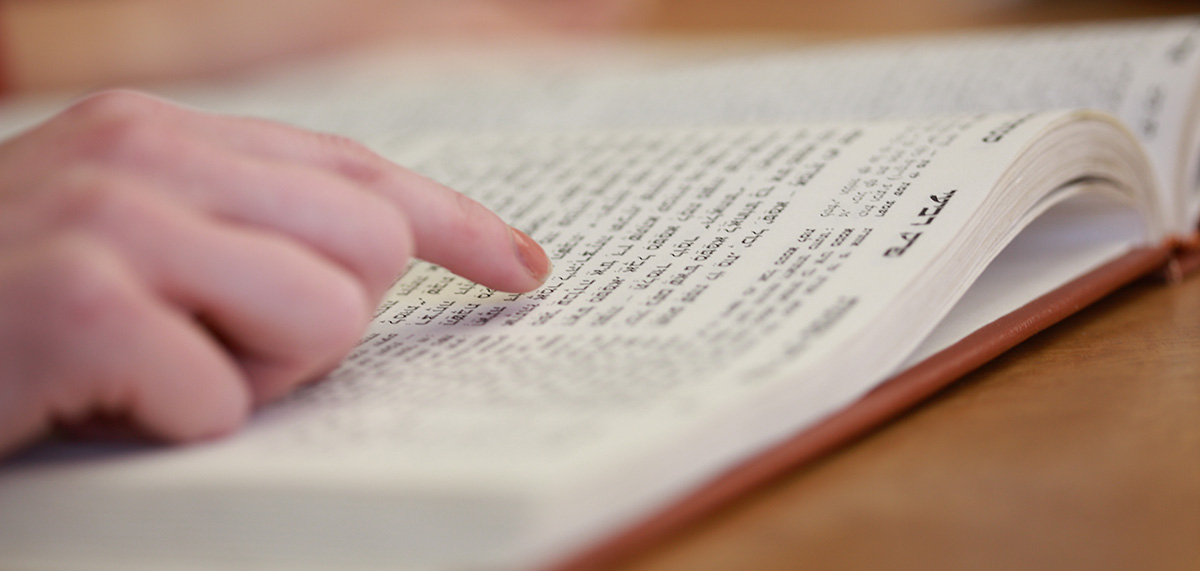Search Results
Back to JTS Torah Online's Main page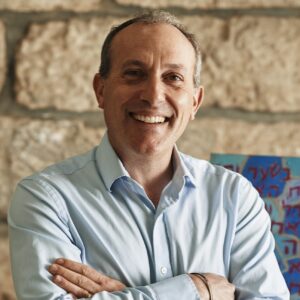
The Values of a Jewish Home
Apr 16, 2021 By Matthew Berkowitz | Commentary | Metzora | Tazria | Yom Hazikaron-Yom Ha'atzma'ut
In the precious days “Before the Coronavirus Era” (B.C.E.), the parshiyot of Tazria-Metzora seemed wholly disconnected from our lives, presenting the perennial challenge of relevance (or irrelevance) to even the most talented darshan (sermonizer). How are we to connect leprous plagues attacking both body and abode to our daily lives? And to what extent does the experience of quarantine resonate with our modern reality? These are only two of the many questions that we would have posed in a pre-Covid world.
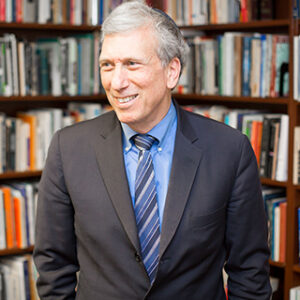
Is it Time to Rethink the Israel-Diaspora Relationship?
Apr 19, 2018 By Arnold M. Eisen | Public Event video | Video Lecture | Yom Hazikaron-Yom Ha'atzma'ut
A provocative discussion with Chancellor Arnold M. Eisen and Dr. Hillel Ben Sasson about how Israel and Diaspora Jewry influence each other—and how we can develop a new vision for working together.
Read More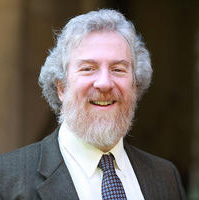
Mah Nishtanah . . . A Seder for Yom Ha’atzma’ut
May 16, 2014 By Samuel Barth | Commentary | Yom Hazikaron-Yom Ha'atzma'ut
In recent weeks, Medinat Israel (the State of Israel) was celebrated by citizens, residents, and the worldwide Jewish community with an array of observances for Yom Ha’atzma’ut (Israel Independence Day). In synagogues of the Conservative/Masorti Movement, morning minyan included the Hallel prayer and a special Torah reading, affirming the understanding that the establishment of Israel is not merely an item in the political history of the mid-20th century, but a vital step in the spiritual story of our people and, perhaps, the world. The “Prayer for the State of Israel,” included in the Shabbat morning service in almost all synagogues, speaks of Israel as “reishit tzemichat ge’ulateinu” (the beginning of the flowering of our redemption).“Redemption,” here, must be understood as the Messianic Era of universal peace and understanding.
Read More
Israel: Memory and Dreams (Part 2)
Apr 17, 2013 By Samuel Barth | Commentary | Yom Hazikaron-Yom Ha'atzma'ut
Following the transition from the pain-filled memories of Yom Hazikkaron (State of Israel Memorial Day) to Yom Ha’atzma’ut (State of Israel Independence Day), it is fitting to look closely at the prayer recited in so many synagogues (of all denominations) around the world: Tefillah l’Shalom HaMedinah (the Prayer for the State of Israel). There is a “legend” that the text was composed by Israeli Nobel laureate Shmuel Yosef Agnon, but in fact the text was composed by Israel’s Chief Rabbi Yitzhak HaLevi Herzog (1936–1949), and a critically important phrase was added by Agnon in a handwritten note.
Read More
Embracing Life in the Face of Death
Apr 17, 2013 By Matthew Berkowitz | Commentary | Aharei Mot | Kedoshim | Yom Hazikaron-Yom Ha'atzma'ut
This past week, we commemorated State of Israel Memorial Day (Yom Hazikkaron) and State of Israel Independence Day (Yom Ha’atzma’ut). The juxtaposition of these two observances is jarring. Living in Israel, one feels how mourning permeates every moment of Yom Hazikkaron: from the piercing siren that sounds around the entire country at 8:00 p.m. to the mournful songs played on Israeli radio; from the Yizkor (memorial service) stickers with the Israeli plant known as dam hamakabim (the blood of the Maccabees) to the throngs of Israeli citizens flooding Mount Herzl Cemetery. At the close of this sobering day, transition ceremonies give way to the festivities of Yom Ha’azma’ut: fireworks decorate the night sky and festive barbeques fill the landscape of every square meter of Israeli parks.
Read More
Israel: Memory and Dreams (Part 1)
Apr 10, 2013 By Samuel Barth | Commentary | Yom Hazikaron-Yom Ha'atzma'ut
Yom Ha’atzma’ut, State of Israel Independence Day, is observed on Tuesday, April 16. It is not only a political and national celebration for the citizens of Israel and their supporters around the world, it is also a festival of the Jewish calendar. The Psalms of Hallel are recited, there is a special Torah reading, and there is an additional paragraph in the ‘Amidah of the Conservative Movement, in a style similar to Hanukkah and Purim (see the Rabbinical Assembly’s Siddur Sim Shalom for Weekdays, 42, 50, 343). So this day is not simply the Israeli equivalent of July 4—it is rooted, as is the State of Israel, in the ancient Jewish dream for the perfection of the world.
Read More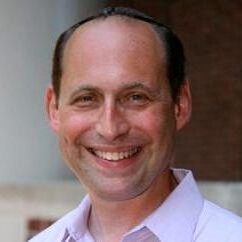
Our Influence on God
May 10, 2008 By David M. Ackerman | Commentary | Yom Hazikaron-Yom Ha'atzma'ut
At the geographic heart of Parashat Emor lies a seemingly innocuous statement: “The Lord spoke to Moses, saying: Speak to the Israelite people and say to them: These are My fixed times, the fixed times of the Lord, which you shall proclaim as sacred occasions (Leviticus 23:1–2).”
Read More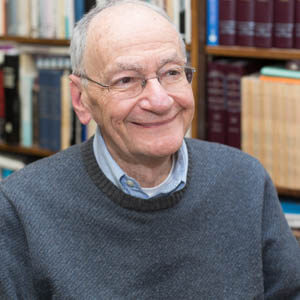
Miracles of All Kinds
Apr 24, 2004 By Ismar Schorsch | Commentary | Tazria | Yom Hazikaron-Yom Ha'atzma'ut
Conspicuous miracles move us more swiftly and deeply than inconspicuous miracles. The latter elude our detection because they are an everyday occurrence. The commonplace numbs our sense of wonder, even as the daily experience of grandeur strips us of awe and radical amazement. It is surely one of the functions of religion to keep our wellsprings of wonder from running dry.
Read More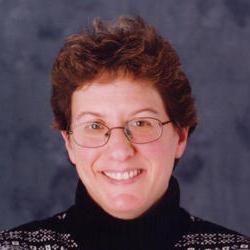
Rachel’s Tears
May 10, 2003 By Melissa Crespy | Commentary | Emor | Yom Hazikaron-Yom Ha'atzma'ut
It is hard not to be moved by the verses in our parashah which say that when a sheep or goat is born, it shall stay seven days with its mother, and that “no animal from the herd or from the flock shall be slaughtered on the same day as its young.” (Leviticus 22:28) Though few of us are close to sheep or goats, we are sensitized to the feelings of animals from our loving relationships with our pets, and we feel the sensitivity the Torah holds for the sheep and goats, even though they are destined to become food for humans or sacrifices for God.
Read More
Rabbi Akiba, Bar Kokhba, and the State of Israel
Apr 13, 2002 By Ismar Schorsch | Commentary | Lag Ba'omer | Yom Hazikaron-Yom Ha'atzma'ut
The Jewish calendar is more than a catechism of our faith. It is also a synopsis of our history. The biblical festivals of Pesah and Shavuot frame the period of the Omer, which is laden with days of commemoration of events that are all post-biblical, indeed largely set in the twentieth century. We move quickly on an emotional roller coaster from Yom Hashoah five days after the end of Pesah (27 Nisan) to Yom Hazikaron and Yom Haatzma’ut the following week (4 and 5 Iyar) to Lag Baomer thirteen days later (18 Iyar). The linkage between the Holocaust and Israel, embodied in the first three commemoratives, is surely warranted.
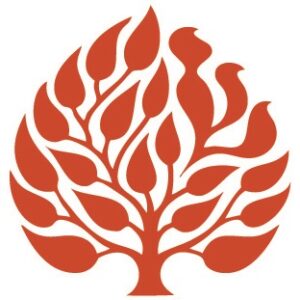
Holidays
By The Jewish Theological Seminary | Collected Resources | Hanukkah | Pesah | Purim | Rosh Hashanah | Shavuot | Shemini Atzeret | Simhat Torah | Sukkot | Tishah Be'av | Yom Hashoah | Yom Hazikaron-Yom Ha'atzma'ut | Yom Kippur
Explore these sources from scholars and students at JTS to enrich your holiday experience.
Read MoreSUBSCRIBE TO TORAH FROM JTS
Our regular commentaries and videos are a great way to stay intellectually and spiritually engaged with Jewish thought and wisdom.

